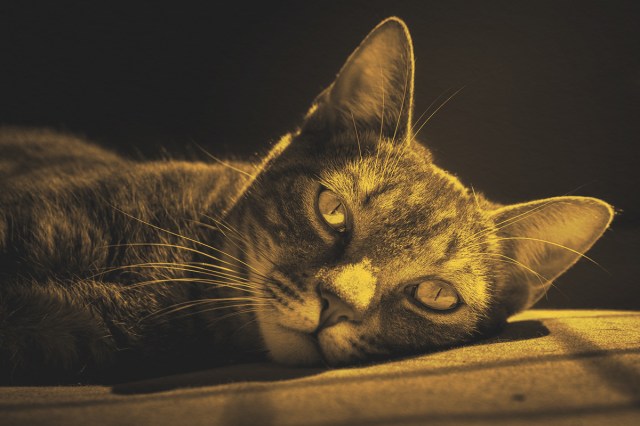
From the fables and fairy tales of centuries past to the animated movies of today, people like learning lessons from animals. You only need to be the least bit familiar with “The Tortoise and the Hare” to know that “slow and steady wins the race,” and it’s common knowledge why astrophysicists borrowed the term “Goldilocks” to describe an ideal area around a star for liquid water to form on a planet. Every language has its own idioms (phrases whose figurative meanings aren’t always clear from their literal phrasing), and many of those in English are based on animals.
Consider, for instance, a fairly straightforward one: “Curiosity killed the cat.” Anyone who’s had a cat knows that our feline friends love to investigate anything and everything, occasionally to their detriment. The same can be said, per the idiom, of those who fail to mind their business. It was originally phrased as “care killed the cat,” with “care” in this context meaning “worry.” This version was first found in Ben Jonson’s 1598 play Every Man in His Humour: “Helter skelter, hang sorrow, care ‘ll kill a cat, up-tails all, and a louse for the hangman.” The next year, Shakespeare used a similar formulation in Much Ado About Nothing: “What, courage man! what though care killed a cat, thou hast mettle enough in thee to kill care.”
The first known instance of its current form was found in “Aunt Hetty’s Stratagem,” a short story published by Ireland’s Waterford Mirror and Tramore Visiter on October 28, 1868: “They say curiosity killed a cat once.” Since then, the idiom has lasted as folksy advice, and in cultural forms such as Iggy Pop’s song “Curiosity” and Stephen King’s The Shining.



















